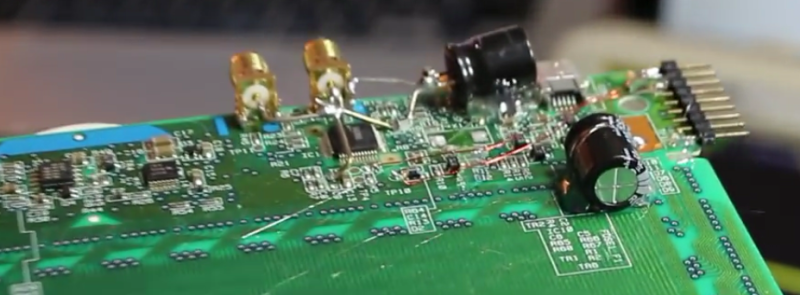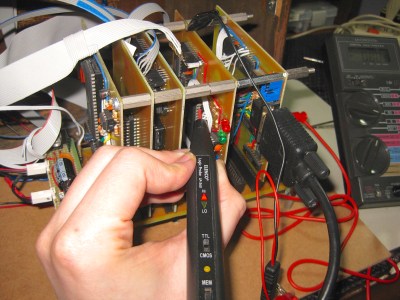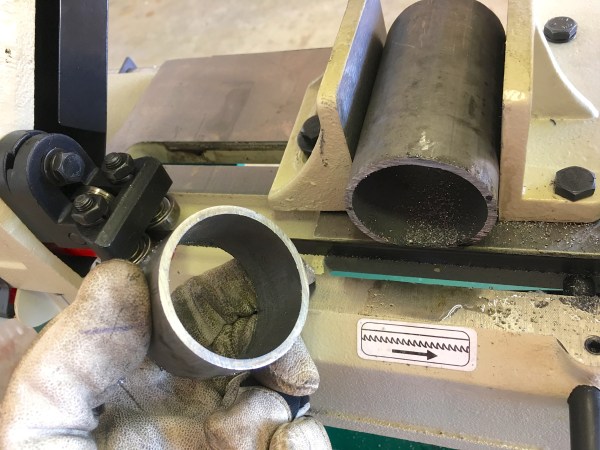Wars generally increase innovation as the opposing sides try to kill each other in ever more efficient ways. Even the soft war waged daily between felines and their human servants results in innovation, to wit we offer this armor-plated automated cat feeder.
The conflict between [Sprocket H.G. Shopcat] and her human [Quinn Dunki] began with a thoughtfully provided automatic food dispenser. Like human vending machine customers who witness a just-purchased bag of Cheesy Poofs dangling on the end of the dispense auger, [Sprocket] learned that the feeder would dispense a few fishy nuggets when nudged. [Quinn] embarked on an iterative design process to control [Sprocket]’s off-schedule snacking. Fastening the feeder firmly to the floor, and adding obstructions to prevent her from pawing up the dispense chute — nothing seemed to stop the clever feline’s raids. [Quinn] then pulled out all the stops and whipped up a [Sprocket]-safe enclosure for the feeder from 1/8″ plate steel and copper. This seems to have put the cat back on the straight and narrow, and it doesn’t look half bad either.
All kidding aside, [Quinn]’s approach to this problem is pretty instructive. Careful observations informed several cycles of reasonable modifications until it became clear that only the most extreme solution would work. There’ve been tons of cat feeders here before, from the simple to the complex, but we think all would fall prey to the clever [Sprocket] without a little up-armoring.
Continue reading “Cat Vs. Human Escalates With Armor-Plated Feeder”




 We know, watching 30 minutes of video these days is a huge ask, just watch it and thank us later.
We know, watching 30 minutes of video these days is a huge ask, just watch it and thank us later. This year we spotted [Debra Ansell] at Maker Faire, not as an exhibitor but an attendee taking her newest creation out in the wild. [Debra’s] LED matrix handbag is
This year we spotted [Debra Ansell] at Maker Faire, not as an exhibitor but an attendee taking her newest creation out in the wild. [Debra’s] LED matrix handbag is 














